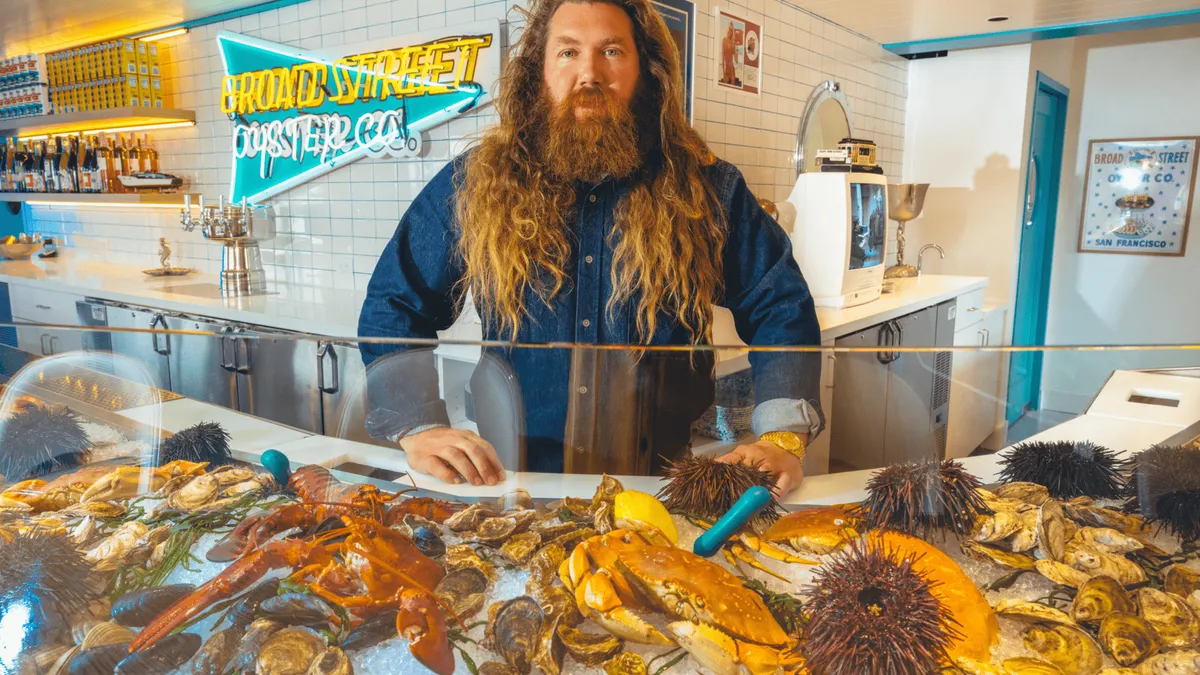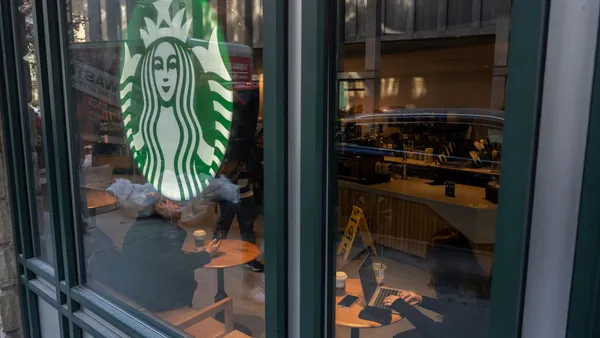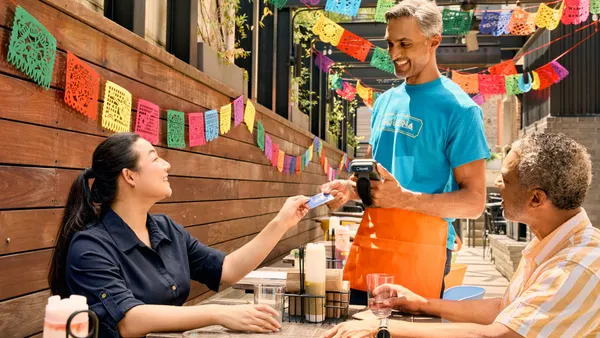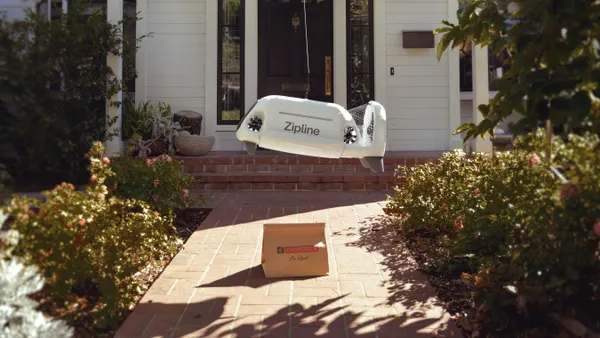When Christoper Tompkins started Broad Street Oyster Co. over seven years ago, his main focus was establishing his autonomy with the food that meant something to him. As a New York native with a strong appreciation for New England, he had conviction around three menu items: crab, lobster rolls, and oysters. So, in 2017 he started Broad Street Oyster Co. as a pop-up business. “For two years, I drove around in a van, setting up shop outside of breweries, wineries, festivals, parties, and whoever would let me sell oysters and lobster rolls on the corner,” he recalled.
But in 2019, everything changed. “We had our first brick-and-mortar opportunity,” he said. What started out as a temporary summer residency in Malibu, CA, turned into a fruitful venture that was later extended into the winter of 2020. Eventually, the opportunity became permanent, and today, Tompkins is preparing for the opening of his sixth brick-and-mortar location. “Our business grew and became a larger company than I could have fathomed,” he reflected. “And it really all started with just the simple idea of New England-style seafood based in California and having that beachside influence.”
Using automation and technology to grow
As an entrepreneur, Tompkins was keen on leveraging technology from the start. “I started this company with a Square Reader that I plugged into the bottom of my phone and now, seven plus years later, it’s become the nervous system for the entire operation,” said Tompkins. From the Kitchen Display System (KDS) that funnels orders from the front to the back of house to tools including Square Marketing, Square Loyalty and Square Online, Tompkins has strategically leveraged opportunities for growth and efficiency while keeping the human element top of mind. “I think that we’ve done a great job of automating as much as we can to allow for better efficiency without relying on automation as a crutch to replace our crew members,” he said.
Square data found that automation has actually improved the staff experience. The 2024 Square Future of Automation report found that 43% reported an improved staff experience as a result of technology and automation. For Tompkins, automation is also rooted in providing an easier customer experience. He noted that the Square KDS tool has also helped improve order accuracy which plays a direct role in customer satisfaction. Whereas other tools like Square Online have helped create a customer-first environment.
Broad Street Oyster Co. is one of many restaurants that are branching out into the merchandise world. Square data found that 34% of restaurateurs are planning to sell merchandise or other non-food products over the next 12 months. While diversifying revenue streams can help businesses grow, it can also help create new methods of connecting with potential customers near and far. “That same web presence allows for someone who may not be anywhere near the restaurant, but who has seen it on social media, to buy a piece of merchandise so that they can feel like they’re a part of it,” added Tompkins.
Leveraging merchandise to create a unique customer experience
Merchandise at Broad Street Oyster Co. — much like the lobster rolls — is truly one of a kind. From fanny packs to dad hats to tote bags, every single item is in line with the stellar branding of the business. Described as having that Southern California feel with a little bit of East Coast flare, Tompkins says the ultimate goal of the merchandise is to create an experience. “It’s creating a universe and a story and, in some ways, a community because of all of these things within the ecosystem and universe of the food and the restaurant experience,” he explained. Chief Brand Officer of Broad Street Oyster Co., Jenna Weinstein, emphasized that being strategic about using elements that make Broad Street Oyster Co. unique is critical to standing out. On some designs, food items are used as characters, and designs of Tompkins are used on t-shirts, showcasing that the Broad Street Oyster Co. is truly one of a kind.
These branding principles are multiplied in brick-and-mortar locations. “He always likes to say it’s like his childhood bedroom,” joked Weinstein. “There’s a VHS TV in every single location. There’s a poster of Pamela Anderson everywhere. All of that just morphed the brand into what it is now,” she explained. While Tompkins always knew he wanted his brand to remain true to having influences from the West and East Coasts, it took exploration and a dedicated team of people like Weinstein to help bring the vision to life. “We’ve had the opportunity to reach out to a lot of people that we probably would never work with, but we have this platform to be like, ‘let’s do something really fun and cool together,’” said Weinstein. “We [also] both love art in general, so that’s worked well to incorporate that within the brand, but just don’t be scared to try new things [is the advice I’d give],” she added.
Preparing to open location number 6
As Broad Street Oyster Co. prepares to design its sixth location with its paradise-level branding, Tompkins shared that, in a lot of ways, this opportunity for growth was almost just as organic as the designs themselves. “We’re patient,” he said. “We’ve ended up with five restaurants and one coffee and ice cream shop because we are really looking towards a deal that makes sense for us and our team. And the timing just has to be right.” The sixth location (which is now open) is located in the Ghirardelli Square in San Francisco, just a ways away from the Fisherman’s Wharf — perfect for an iconic seafood brand in the making.
Tompkins and his team have spent over two years designing and building this space from the ground up, and with this being the first time they’ve taken on a project of this size, it’s uniquely Broad Street Oyster Co. “It’s just the culmination of over five years of work as a business owner,” he said. When asked about one thing he wished he knew before opening yet another location, he replied, “You’re asking all of the questions I still wish I knew the answers to.” But he’s clear about one thing: embracing the journey.
“I know that there will still be a list of things that I wish I had brought with me to San Francisco, but that list is not the same list of things that I needed to bring with me when I opened up our first location,” said Tompkins. “And it’s just an ongoing learning experience.”











